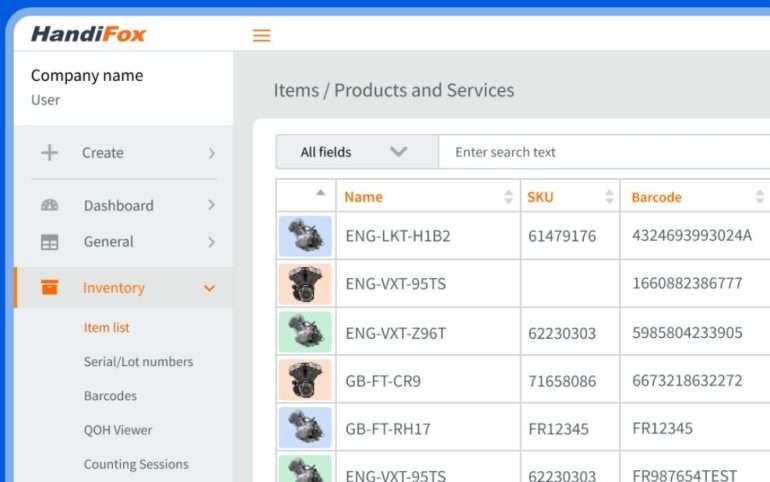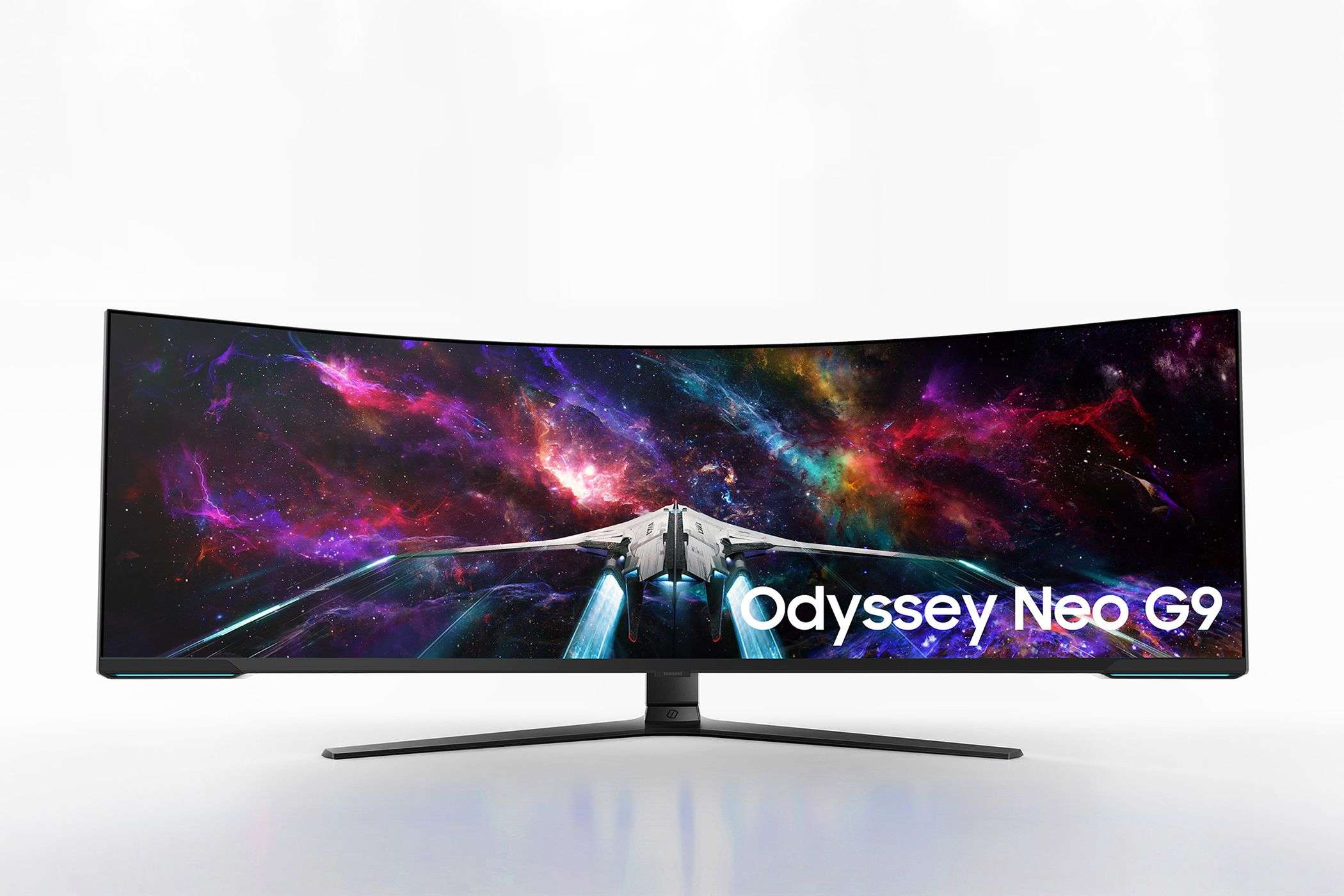The best step for Beginners to develop the game in unity
My Unity Game Dev Journey⁚ A Beginner’s Guide
I dove headfirst into Unity‚ completely overwhelmed at first! My advice for newbies? Start ridiculously small․ I began with a single cube‚ learning to manipulate it in the scene view․ Then‚ I added simple scripts for basic movement․ This hands-on approach‚ focusing on one element at a time‚ built my confidence and understanding far more effectively than jumping into complex tutorials immediately․ It was slow‚ but I learned so much faster this way!
Setting Up My Development Environment
My journey began with the daunting task of setting up my Unity development environment․ I’d heard horror stories‚ but honestly‚ it wasn’t as bad as I anticipated․ First‚ I downloaded the Unity Hub – a surprisingly helpful tool I initially underestimated․ It streamlined the installation process‚ allowing me to choose specific Unity versions and modules․ I opted for the latest LTS (Long Term Support) release‚ a recommendation I found on several forums‚ and it proved to be a wise choice․ The installation itself was smooth‚ though it took a while‚ depending on my internet speed‚ of course․ Then came the crucial step of selecting a suitable IDE (Integrated Development Environment)․ Many tutorials suggested Visual Studio‚ and after trying it‚ I wholeheartedly agree․ Its IntelliSense feature – that helpful code completion – was a lifesaver‚ especially for a beginner like myself․ The integration with Unity was seamless; I didn’t encounter any significant compatibility issues․ I spent some time configuring Visual Studio to my liking‚ tweaking the font size and color scheme for optimal readability․ I even explored some extensions to enhance the coding experience‚ but I kept it relatively minimal at first‚ focusing on mastering the basics․ Next‚ I created a new project within Unity‚ choosing a 3D template․ This gave me a basic scene to work with‚ a blank canvas ready for my creative endeavors․ I then spent a little time familiarizing myself with the Unity interface‚ exploring the various panels and windows․ It was a bit overwhelming at first‚ but after a few hours of exploration‚ I started to feel more comfortable navigating the environment․ I even created a simple cube and moved it around the scene‚ just to get a feel for the basic workflow․ By the end of the setup process‚ I felt ready to embark on my first Unity project‚ armed with a well-configured environment and a basic understanding of the tools at my disposal․ I named my first project “Project Chimera‚” a name that felt suitably ambitious for a beginner’s endeavor․
Creating My First Simple Game Object
With my development environment set up‚ I embarked on creating my first game object․ Following countless tutorials‚ I started with the simplest possible object⁚ a cube․ In Unity’s Hierarchy panel‚ I right-clicked and selected “3D Object” then “Cube․” Instantly‚ a humble cube materialized in my scene view․ It was surprisingly satisfying! I then began experimenting with the Inspector panel‚ tweaking the cube’s properties․ I changed its size‚ playing with the scale values until it resembled a small‚ manageable block․ Next‚ I altered its color‚ selecting a vibrant‚ almost neon green․ This was purely aesthetic‚ of course‚ but it made the cube more engaging for me․ I then added a simple material to give it a slightly more polished look․ This involved navigating the Project panel‚ importing a basic material asset (I found a free one online)‚ and dragging it onto the cube’s material slot in the Inspector․ The difference was subtle‚ but it felt like a significant step forward․ Then came the fun part⁚ positioning the cube in my scene․ Using the transform tools‚ I meticulously placed it in the center of my scene‚ ensuring it was perfectly aligned․ I even spent a few minutes rotating it‚ just to get a feel for the controls․ I experimented with the different rotation modes – local and global – learning the subtle differences between them․ I found myself unexpectedly engrossed in this seemingly trivial task․ The simple act of manipulating this digital cube felt strangely empowering․ After perfecting the cube’s position‚ size‚ and color‚ I decided to add a second cube‚ this time a smaller‚ darker blue one․ Positioning this second cube relative to the first one felt like a small victory‚ a testament to my growing understanding of the Unity interface․ I even added a simple light source to illuminate my scene‚ casting shadows on my little cube creations․ It was a very basic scene‚ but to me‚ it was a monument to my first steps in game development․ The process of creating these simple cubes‚ experimenting with their properties‚ and arranging them in the scene provided a solid foundation for more complex projects to come․ It was a surprisingly rewarding experience‚ a taste of the creative possibilities that lay ahead․
Adding Basic Movement and Controls
After successfully creating my simple cube scene‚ I tackled the next challenge⁚ adding basic movement․ This felt like a huge leap‚ but I broke it down into manageable steps․ I started by creating a new C# script‚ naming it “CubeMovement․” The initial script was intimidating; lines of code I barely understood․ However‚ I found a helpful tutorial that guided me through the process․ I learned to attach the script to my green cube in the Inspector panel․ The tutorial used the `Input․GetAxis(“Horizontal”)` and `Input․GetAxis(“Vertical”)` functions to control the cube’s movement along the X and Z axes‚ respectively․ I copied the code‚ initially unsure what it did‚ but I ran the scene‚ and –voila!– my cube moved! It was a thrilling moment․ Using the arrow keys‚ I could move the cube around the scene․ The movement was jerky and not very smooth‚ but it worked! I then experimented with different speeds‚ adjusting the values in the script to make the cube move faster or slower․ This involved understanding the concept of `transform․Translate`‚ which I looked up in the Unity documentation․ I also added a simple jump function using `Input․GetButtonDown(“Jump”)` and `transform․Translate(Vector3․up * jumpSpeed * Time․deltaTime)`․ The jump felt slightly unrealistic at first‚ but I gradually adjusted the jump height and speed to create a more natural feel․ I then added a simple check to prevent the cube from jumping while already in the air․ This required understanding the concept of a boolean variable to track the cube’s jump state․ The process of adding these simple controls was incredibly rewarding․ It was a tangible demonstration of how code could translate into interactive gameplay․ I even added a small amount of friction to make the cube’s movement feel more grounded․ I spent hours tweaking the values‚ experimenting with different approaches‚ and learning from my mistakes․ The journey from a static cube to a controllable object was a significant milestone in my Unity learning experience․ The satisfaction of seeing my code directly impact the game’s functionality was incredibly motivating․ This simple movement system provided a solid foundation for more complex mechanics I’d explore later․
Implementing Simple Collision Detection
With my cube moving freely‚ I decided to add a basic level of collision detection․ My initial thought was to create a simple floor for the cube to interact with․ I added a large‚ flat plane to my scene‚ positioning it beneath my cube․ Then came the challenge of making the cube react to hitting the plane․ I started by researching Unity’s built-in collision system․ The documentation pointed me towards the `OnCollisionEnter` function․ This function‚ I learned‚ is automatically called when a collider attached to my cube makes contact with another collider․ I added this function to my “CubeMovement” script․ Inside‚ I initially tried to simply stop the cube’s downward movement when a collision occurred․ This proved more difficult than I anticipated․ I had to understand the concept of `rigidbody` components and how they handle physics․ I added a `Rigidbody` component to my cube and the plane․ This allowed the physics engine to handle the collision calculations for me․ My first attempts resulted in the cube jittering and behaving erratically․ I realized I needed to better understand the `Collision` object that’s passed to the `OnCollisionEnter` function․ Specifically‚ I needed to access the `normal` property of the collision‚ which provides the direction of the collision․ Using this‚ I could more accurately control the cube’s response to the collision․ I experimented with different approaches‚ eventually settling on a method that used the normal to adjust the cube’s vertical velocity․ This created a more realistic bounce effect when the cube hit the floor‚ though it wasn’t perfect․ I also explored using the `OnCollisionStay` function to handle continuous collisions‚ allowing for more precise control over the cube’s behavior while in contact with the floor․ This involved adjusting the cube’s velocity based on the current collision state․ It was a process of trial and error‚ consulting documentation‚ and experimenting with different approaches until I achieved a satisfactory level of collision response․ The entire process highlighted the importance of understanding the physics engine and how to effectively interact with it․ It was a steep learning curve‚ but the result‚ a cube that realistically interacted with a floor‚ was incredibly satisfying․
My First Playtest and Lessons Learned
Finally‚ the moment of truth arrived⁚ my first playtest! I invited my friend‚ Amelia‚ over to witness my creation – a single cube bouncing realistically on a plane․ While not exactly a groundbreaking gaming experience‚ the sense of accomplishment was immense․ Amelia’s feedback‚ however‚ was surprisingly insightful․ She pointed out the cube’s movement felt a little too floaty; the bounce wasn’t quite right․ She also suggested adding visual feedback‚ perhaps a simple particle effect on collision․ Her comments highlighted a crucial aspect of game development I hadn’t considered⁚ playtesting is not just about functionality; it’s about the overall player experience․ I immediately started tweaking the physics parameters‚ experimenting with different values for gravity‚ bounce‚ and drag․ It was a painstaking process‚ requiring countless iterations and adjustments to achieve a more satisfying feel․ The addition of a simple particle system‚ a burst of sparks on impact‚ proved surprisingly effective in enhancing the visual feedback and making the interaction more engaging․ Beyond the technical aspects‚ the playtest revealed a critical lesson⁚ the importance of clear and concise code․ My initial scripts were a bit messy‚ a reflection of my own learning process․ Refactoring the code‚ improving readability‚ and adding comments made future modifications and debugging significantly easier․ This first playtest wasn’t just about identifying bugs; it was a vital step in understanding the player’s perspective and refining the overall game feel․ It reinforced the importance of iterative development‚ incorporating feedback‚ and constantly striving for a more polished and enjoyable experience․ The seemingly simple act of watching someone else interact with my little cube provided invaluable insights‚ shaping my approach to future development endeavors․ Amelia’s casual observations transformed my understanding of game design‚ highlighting the necessity of testing and refining beyond basic functionality․




